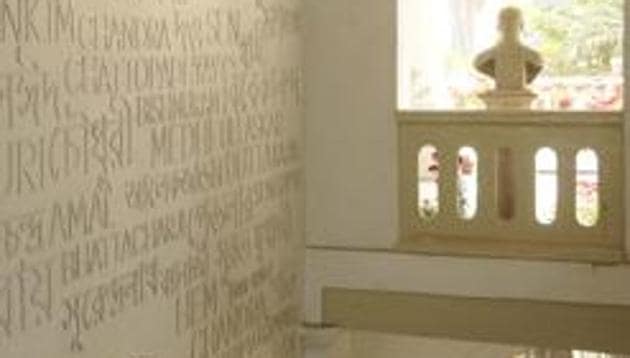‘My political activism in Presidency College awakened deep interest in history’
However, soon after I entered college, a huge student movement began to take shape in the winter of 1966-67 and for the first time a prominent Left-wing student union took centre-stage. Some of these students eventually became ‘Naxalites’.
I was a science student in high school and my dream was to study in the physics department of Presidency College. There was an unparalleled glamour attached to the department during my time and though there were the IITs, Shibpur Engineering College and Jadavpur University- physics department in Presidency College was the ultimate destination. However, soon after I entered college, a huge student movement began to take shape in the winter of 1966-67 and for the first time a prominent Left-wing student union took centre-stage. Some of these students eventually became ‘Naxalites’.

Behind all this, there was an interesting cultural change sweeping through the college. Besides the Left-Right divide, there was also a palpable cultural divide between students who came from English-medium schools and those from Bengali-medium schools. And the period was marked by some tectonic changes in the landscape of Bengali literature. Bengali-medium students became prominent in the multifarious debates that occupied students — about Marxism, for instance, or about existentialism or politics. The times were exciting.
I got intensely involved in political activism in college. This experience no doubt helped me in many ways later in life when I switched to history, for the experience had awakened in me a deep interest in questions of history: Why were so many people so poor? Why was Indian society so unjust in so many ways? As students’ activism became the order of the day, the spotlight in the press remained on Presidency
College, for people and the press wondered why “good students” were getting so involved in disruptive politics.
At the same time, the cult of violence, too, was spreading with many young people falling victims to both political and police violence. That was disturbing and scary.
So I decided to drop out of the movement but once I did so, I lost many friends and this affected some of my future academic choices (like getting into IIM-C, for instance).
Looking back, I think that the students’ movements affected students in different disciplines unevenly. For those studying history, literature or political science, the first-hand experience of student activism can be quite rewarding in the long run.
But for others, especially those pursuing subjects that required demanding laboratory or hospital work, this could be just so much time lost. Moreover, we should remember that for every case of a person who later in life becomes socially “successful” after a period of intense involvement in absorbing and heady social movements that distract from studies, there are also many cases of “failures” that we tend to overlook.
The movements do not come free, without any social costs.
That said, one also has to acknowledge that injustice is still so predominant in India that one cannot simply blame students for their desire to do something to help usher in a fairer society.
Students typically ask millions of questions that are related to socio-political contours and many of these are legitimate questions of justice.
The difference between Presidency College or any other premier educational institute in India and comparable colleges in West is this: Student activism that leads to disruption of classes is relatively rare in the latter case. Focus on academics on the whole retains its importance. For example, I have seen students at the University of Chicago -- where I teach -- weeping literally after Donald Trump was elected the president of the US.
They were visibly affected and teachers organised teach-in’s to help them cope with their emotions. But classes were held regularly and there was no disruption of the system. That, to my mind, is one critical difference.
Besides, political parties in India start recruiting students to their folds right from the beginning these days -- from the admission process on. This is something one does not observe in Australia and the US. The admission process there is politically neutral. This also makes a big difference in the ambient environment of Indian institutions.
Dipesh Chakrabarty is Lawrence A Kimpton Distinguished Service Professor of History and South Asian Studies at the University of Chicago. The views expressed are personal.





